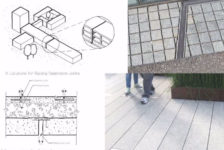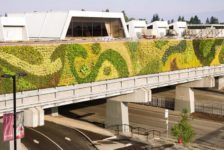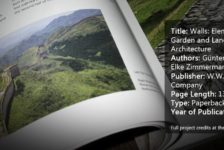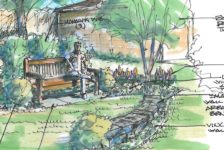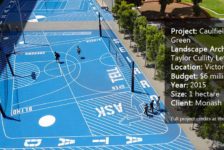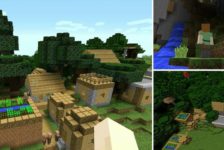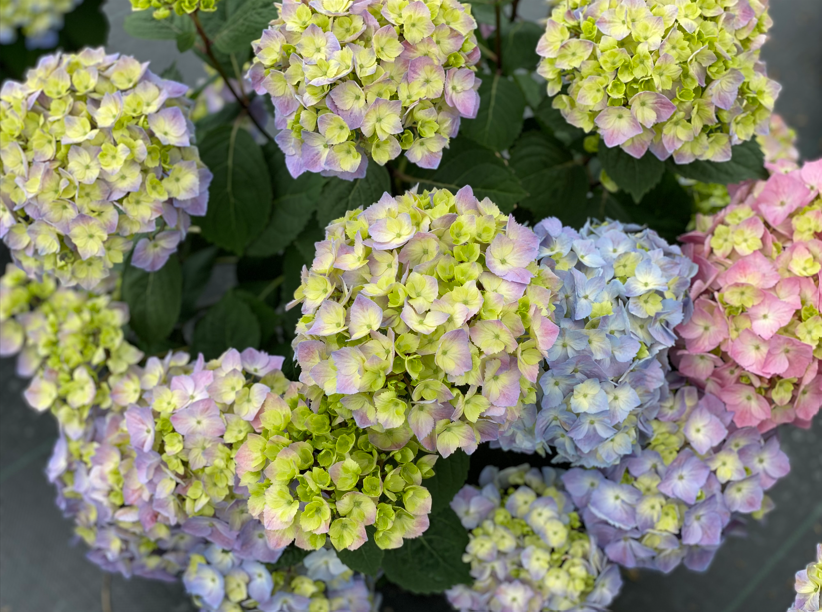
Image: Hydrangea Lets Dance Sky View, Spring Meadow Nursery
Hardiness is a term that comes up frequently, often in discussions of climate. What horticulturists mean by hardiness may be different from what landscape architects intend when considering plants.
To horticulturists, plant hardiness typically refers to a specimen’s cold hardiness. This is just one of the many characteristics of a plant that will affect its performance. If the designer is concerned about other qualities like drought or heat tolerance, that needs to be clarified.
Plant hardiness is designated by a USDA Hardiness Zone rating. The map showing these zones can be found here. These zones indicate the average minimum winter temperature that can be expected in that area. There’s a lot of room in that definition: average is not the same as median, or what you may see in the first few years of a planting. Plants are assigned a range of zones in which they will survive. As with fuel efficiency in a car or financial returns from a mutual fund, results may vary. To add to the confusion, the USDA recently updated its hardiness map. Check out this video explaining the update and how to use the hardiness map:
In the northern part of its zone, a woody ornamental may be root hardy – a die-back shrub. If that sounds like a perennial, it is because at the northern part of a flowering shrub’s range, it may perform very much like a perennial. Note that some plants are annuals in the north and perennials in the south. There are a lot of gray areas in horticulture!
Conversely, in the southern part of a plant’s range it may be a tree rather than a shrub. Take a look at the estimated size of many plants and you’ll see a wide range of potential sizes. Location will affect the mature size and habit of a plant.
That addresses cold. But sometimes landscape architects ask about hardiness when they actually mean the all-around durability of a plant. It is a good idea to identify likely stressors in a site and then look for a metric that captures them.
In many areas, heat is as much or more of a challenge than is cold. If a plant’s “heat hardiness” is what concerns you, ask about its heat tolerance rather than hardiness. This will get you better guidance from horticulturists. Two common evaluations of heat tolerance are the AHS heat zone map and Sunset magazine’s climate zones. These are good reference points although there is not as much data on plant performance for them as there is for cold hardiness.
Another characteristic that may be caught up in the hardiness discussion is drought tolerance. There is not a formal rating system for drought tolerance although many universities and botanic gardens publish reviews of plants’ drought tolerances. These can be quite valuable when considering the appropriateness of a plant for a project. They also often provide feedback on plants’ heat and sun tolerance. You likely know that some plants like sun and some prefer shade but remember that full sun in Wisconsin is a different thing than full sun in Arizona.
That brings up some other factors in a plant’s durability, including elevation, humidity (too much or too little), air pollution, and its ability to grow in wet soil. With all of the concern for drought tolerance, we sometimes lose sight of the equally challenging problem of “wet feet”. All of these challenges are important to consider, and all are relative. What is drought tolerant in New England can’t be assumed to be drought tolerant in Texas.
That’s a lot to consider. The key takeaway is to be sure you’re concerned with cold when you enquire about a plant’s hardiness. If you are concerned about its overall durability, you will want to look at other factors, too.
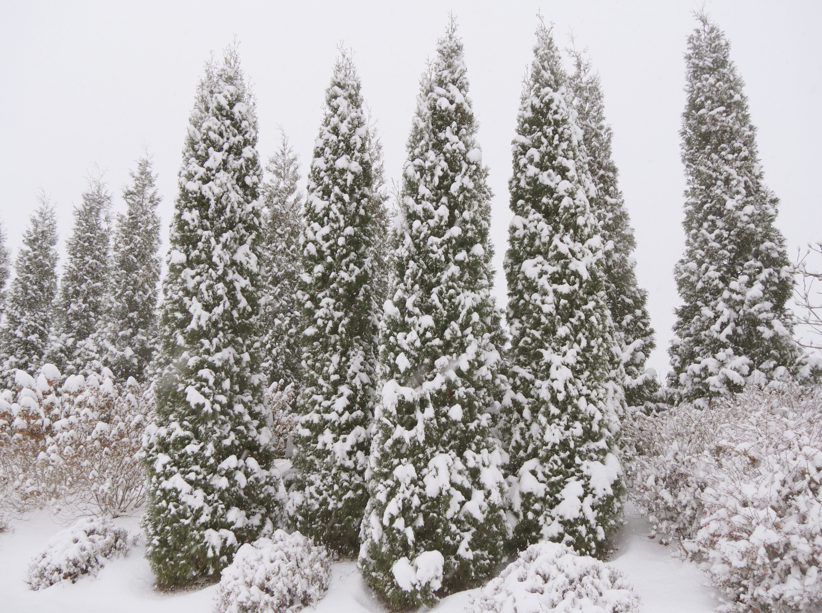
Image: Spring Meadow Nursery
So let’s assume you’re investigating a plant’s cold hardiness. The zone estimate is just that, an estimate. Cultural factors will impact that hardiness, especially at the margins of a plant’s range. Here are some general guidelines:
- If a plant says full sun to part shade, plan on more sun in the northern part of its range and more shade in the southern part.
- Plants will typically want more water in the warmer part of their range.
- In the northern part of a plant’s range try to plant it early in the year so it has all year to establish. An established plant will overwinter better than a newly planted one, something that is important at the edge of a plant’s range. This is especially true of dwarf selections. Dwarf plants aren’t as vigorous as full-sized specimens so some extra time to establish roots is helpful.
Let’s say you do your homework, make a smart choice, and look forward to seeing a beautiful property the following spring. So why were plants killed to the ground/didn’t flower/look terrible?
Cold hardiness does not account for sudden swings in temperature.
The USDA maps have been adjusted to reflect warmer climates across North America, but they don’t capture the other significant change to our climate in recent years: extreme weather.
A plant may be hardy to -10F, but if that cold temperature occurs very early in the season or after a warm autumn, the plant isn’t hardened off. That means it is actively growing and not prepared for cold weather. Just as you need a little time find your winter coat and boots, plants need time to gear up for winter, too.
The danger zone is not just fall and early winter. A prolonged period of warm weather in mid-winter can prompt plants to wake up. Buds may even start to swell up in preparation for spring. Then they’re damaged when winter reappears.
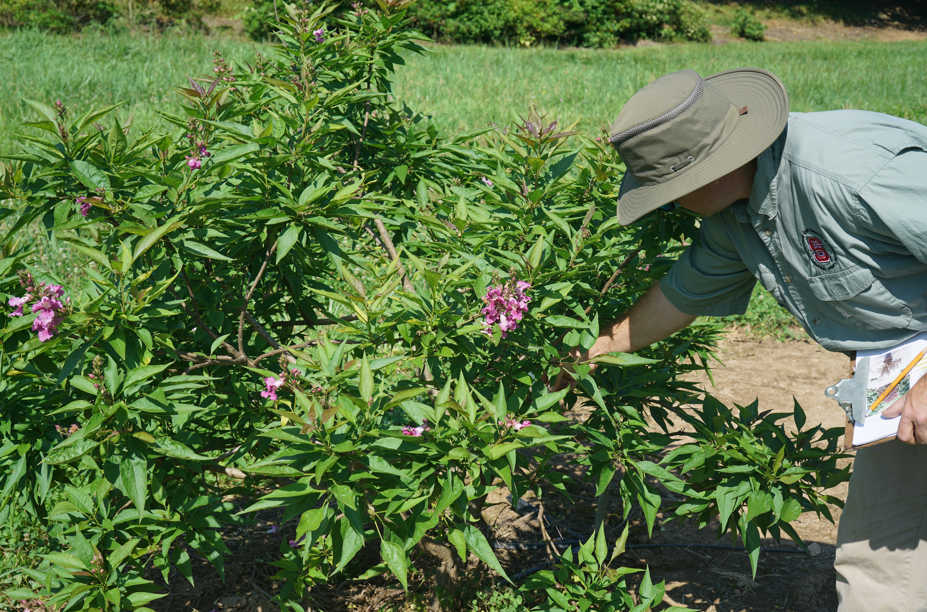
Image: Spring Meadow Nursery
Wild temperature swings in spring, like late season frosts and freezes, can decimate spring blooms. That’s why choosing varieties with the ability to rebloom is important even in areas where there hasn’t been a historic problem with flowering. Preparing for weather “weirdness” is another piece of the plant hardiness issue.
In conclusion, hardiness is just one part of a plant’s suitability for a site. Be sure to consider the other factors in making a durable choice. Also, keep in mind that cold hardiness is affected by overall plant condition, and that it does not account for sudden extremes.
Knowing the right questions to ask is important to a successful design, so don’t be shy about asking them!
Published in Blog, Cover Story, Featured


